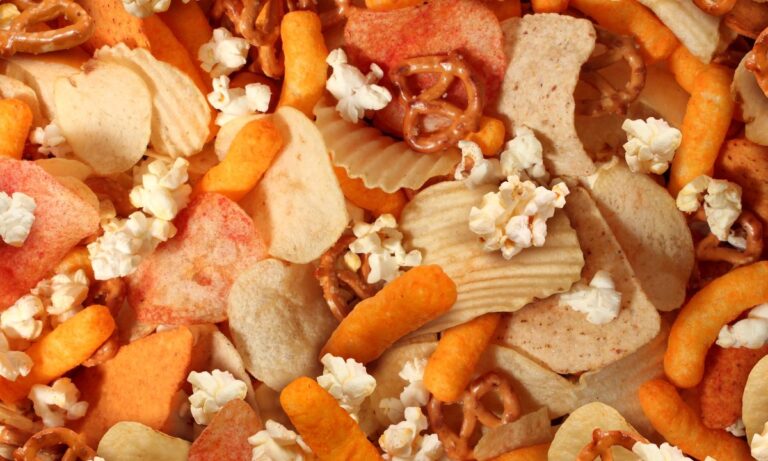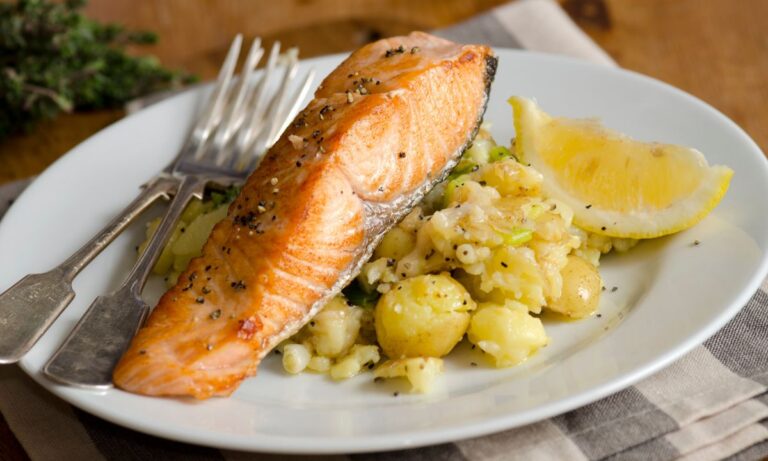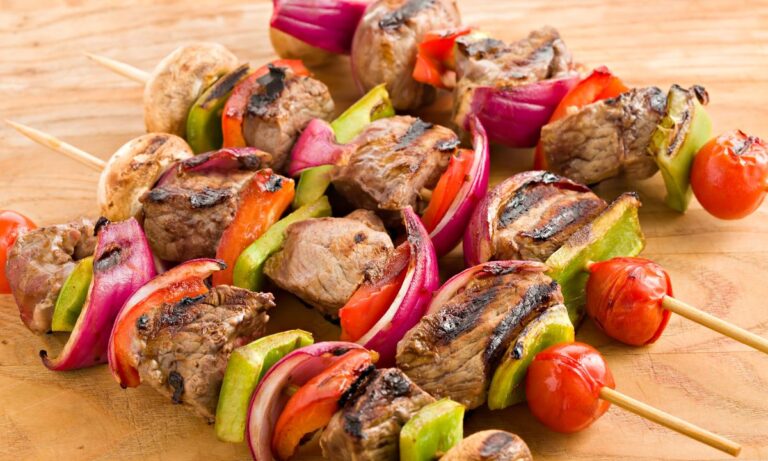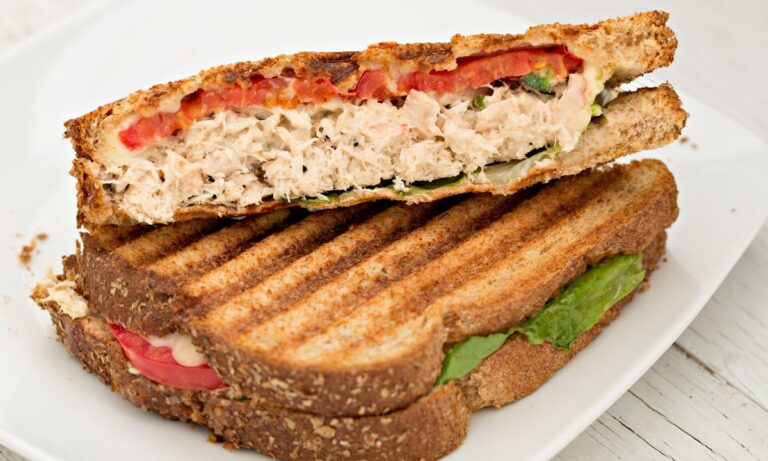Healthy Snacks for Kids
Introduction
As parents, we’re always trying to provide our children with the best possible nutrition. When it comes to snacking, it’s essential to ensure the snacks we offer are not only tasty but also packed with nutrients. In this article, we’ll discuss the importance of healthy snacks for kids, highlight some nutrient-packed snack ideas, and provide tips on how to make snacking fun and appealing.
Importance of Healthy Snacks for Kids
Snacking is an essential part of a child’s daily nutrition, as it helps to maintain energy levels, curb hunger, and prevent overeating during meals. However, it’s important to choose the right snacks, as unhealthy options can contribute to excessive weight gain, tooth decay, and poor overall health. By providing healthy snacks, we can help our children develop good eating habits that will benefit them throughout their lives.
Characteristics of Healthy Snacks
A healthy snack should be:
- Nutrient-dense, providing essential vitamins, minerals, and macronutrients.
- Low in added sugars, sodium, and unhealthy fats.
- Portion-controlled to avoid overeating.
- Appealing and satisfying to keep kids interested.
Nutrient-Packed Snack Ideas
Fruits and Vegetables
Apple Slices with Peanut Butter
Apples are a great source of fiber and vitamin C, while peanut butter provides protein and healthy fats. Slice an apple and serve it with a tablespoon of peanut butter for a delicious and nutritious snack.
Veggie Sticks with Hummus
Offer a variety of colorful, crunchy vegetables such as carrots, bell peppers, and cucumbers, paired with a side of hummus. This combination provides fiber, vitamins, minerals, and a good dose of plant-based protein.
Whole Grains
Whole Grain Crackers and Cheese
Pairing whole grain crackers with a slice of cheese is an excellent source of fiber, protein, and calcium. Opt for whole grain crackers with low sodium and sugar content and choose a cheese that’s lower in fat, such as mozzarella or reduced-fat cheddar.
Popcorn
Air-popped popcorn is a whole grain snack that’s low in calories and high in fiber. To keep it healthy, avoid adding excessive amounts of butter or salt. Instead, try seasoning it with herbs and spices like garlic powder, paprika, or a touch of cinnamon for a sweet twist.
Dairy and Alternatives
Greek Yogurt with Berries
Greek yogurt is an excellent source of protein, calcium, and probiotics. Top it with berries, which are rich in antioxidants and fiber, for a nutritious and delicious snack. If your child is lactose intolerant or vegan, opt for a dairy-free yogurt alternative made from soy, almond, or coconut milk.
Smoothies
Smoothies can be a fun way to sneak in fruits, vegetables, and other nutrient-dense ingredients. Blend together your child’s favorite fruits with a handful of leafy greens, some yogurt or a dairy alternative, and a splash of water or milk for a tasty and refreshing treat.
Protein
Trail Mix
Create a custom trail mix with a combination of nuts, seeds, dried fruits, and whole grain cereal. This snack provides protein, healthy fats, fiber, and various vitamins and minerals. Be mindful of portion sizes, as trail mix can be calorie-dense.
Mini Sandwiches
Prepare mini sandwiches using whole grain bread, lean proteins like turkey or chicken breast, and plenty of veggies. These bite-sized sandwiches are a fun and filling snack that provides protein, fiber, and essential nutrients.
How to Make Snacking Fun and Appealing
Involve Kids in the Preparation
Encourage your children to take part in preparing their snacks. This will not only teach them about healthy eating habits but also make them more likely to enjoy the snacks they’ve helped create.
Make Snacks Visually Appealing
Present snacks in a fun and visually appealing way by using colorful plates, arranging food into fun shapes, or serving them in small, cute containers.
Offer Variety
Kids tend to get bored with the same snacks repeatedly. Ensure you provide a variety of options to keep them interested and expose them to different nutrients.
Conclusion
Providing healthy snacks for kids is an essential part of their overall nutrition. By offering nutrient-packed options and making snacking fun and appealing, we can help our children develop lifelong healthy eating habits. Remember, a healthy snack should be nutrient-dense, low in added sugars, sodium, and unhealthy fats, portion-controlled, and satisfying.
FAQs
- What should I avoid in kids’ snacks? Avoid snacks that are high in added sugars, sodium, and unhealthy fats, as well as those that offer little nutritional value.
- How can I make healthy snacks more appealing to picky eaters? Try involving kids in the preparation process, making the snacks visually appealing, and offering a variety of options to keep them interested.
- Can I offer sweet snacks occasionally? Yes, as long as they are healthy and nutritious. Opt for natural sweetness from fruits and avoid added sugars.
- How often should kids snack? Children typically need 2-3 snacks per day, in addition to their main meals, to maintain energy levels and avoid excessive hunger.
- What are some healthy store-bought snack options? Look for whole grain crackers, unsweetened applesauce, unsalted nuts, or individually packaged portions of cheese, among others. Always check the labels for added sugars, sodium, and unhealthy fats.







